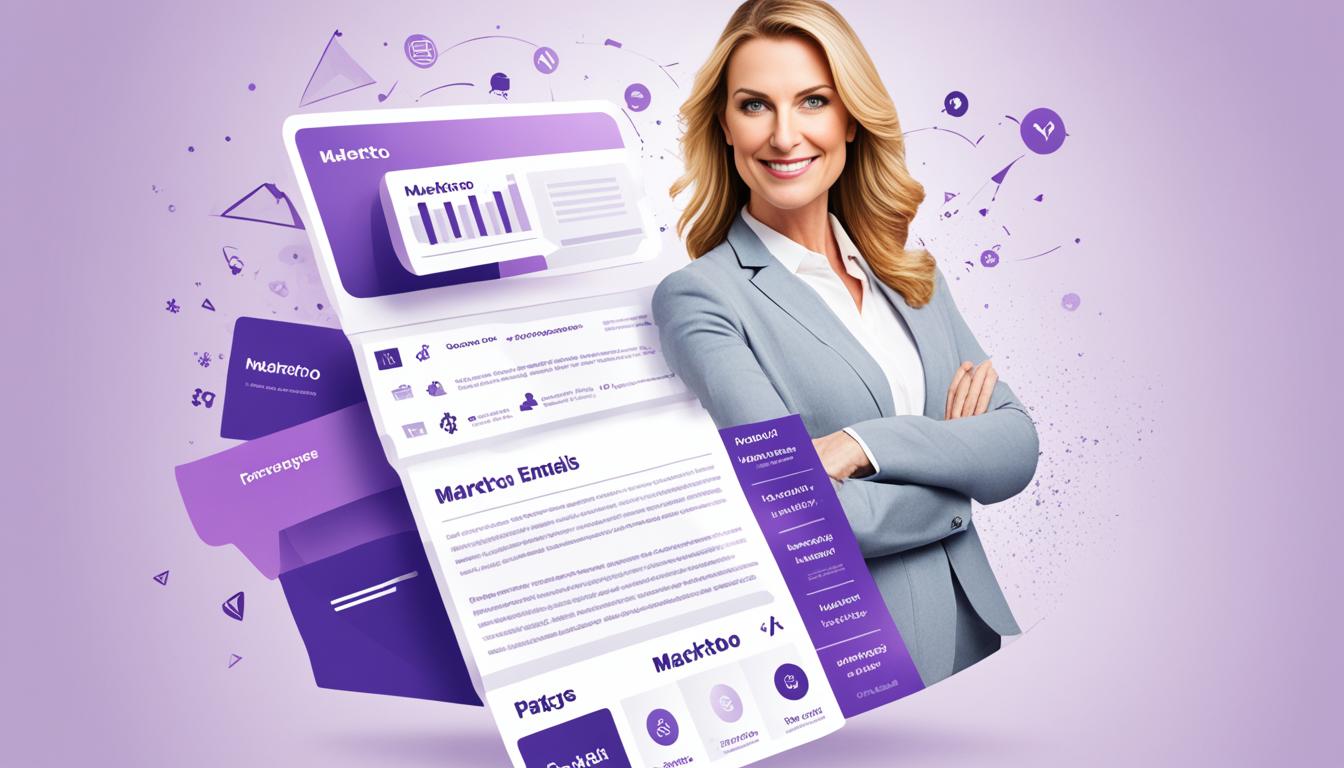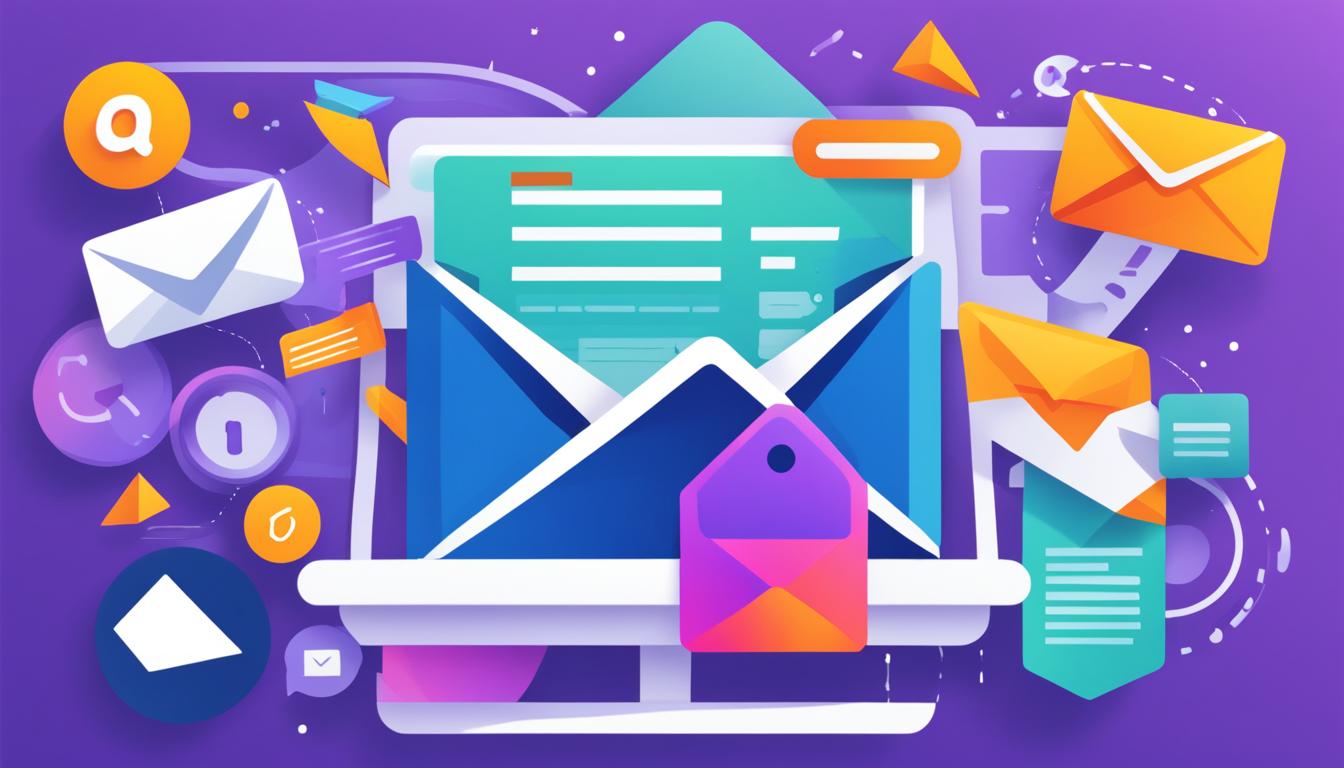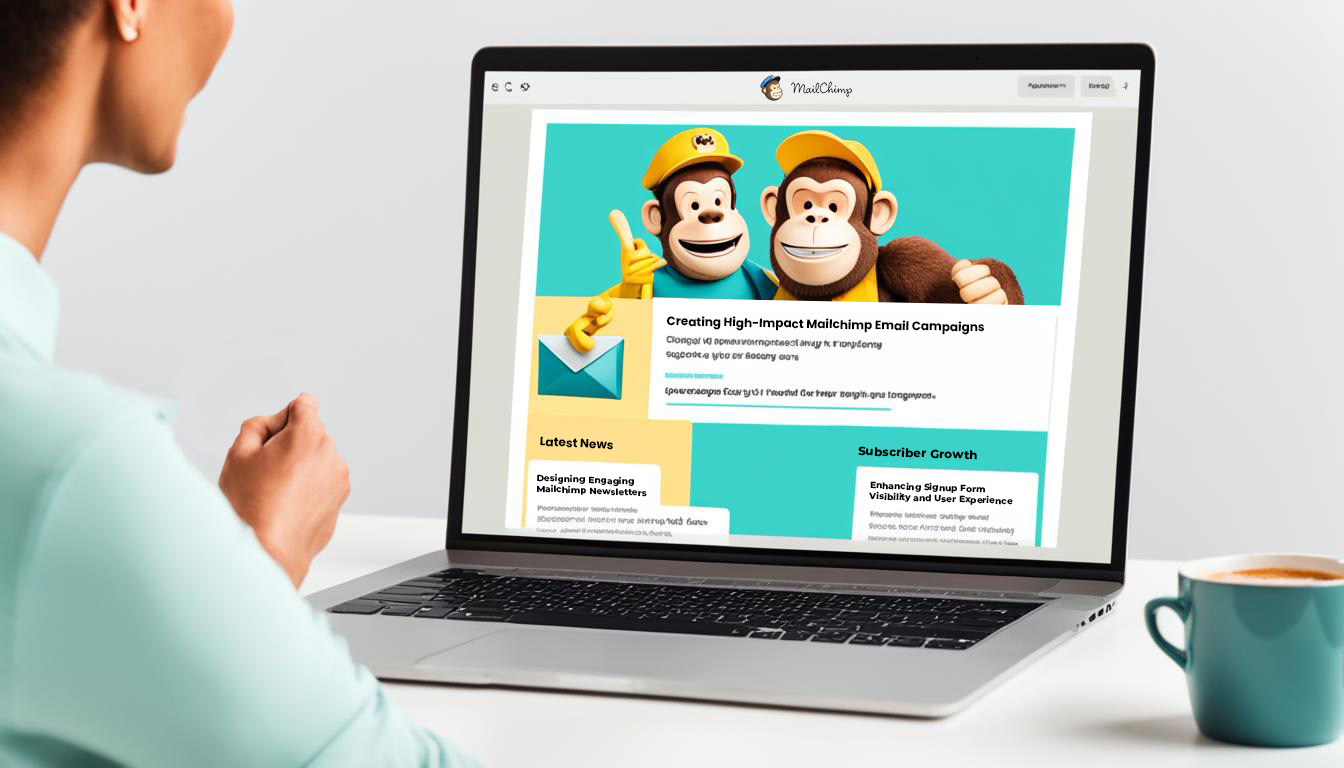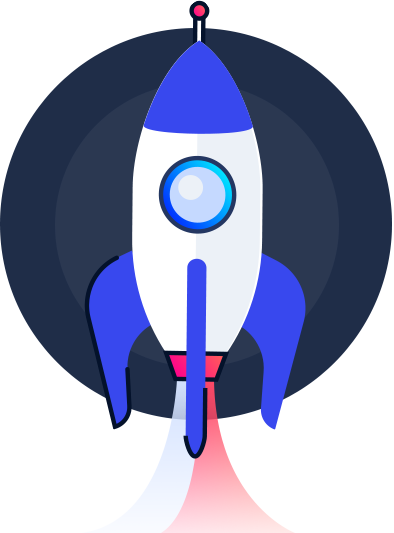Introduction
Have you ever wondered what makes a website truly captivating? The answer lies in custom web page design. This unique, creative process involves designing a website from scratch, tailored to convey a brand’s personality and meet specific business objectives.
It’s like giving your brand an online home that’s reflective of its essence – it tells your brand story, engages your audience, and ultimately drives conversions. And believe us when we say, it holds immense power in the digital landscape.
Why? Because custom web page design is not just about aesthetic appeal. It’s about creating an immersive online experience that leaves a lasting impression on visitors. It’s about setting yourself apart from competitors with a unique online presence that resonates with your target audience.
In this article, we’ll explore five brilliant examples of custom web page design done right. We’ll uncover how businesses have masterfully used design elements to amplify their brand image and spike conversions.
1. The Significance of Custom Web Page Design for Businesses
In a digital world where options are endless, it’s crucial for businesses to stand out. That’s where custom web page design comes in. It’s the secret weapon for businesses looking to establish their unique presence online. But why is it so important?
Imagine this: every person who visits your website is on a journey, and the design of your site is like their guide. A custom design does more than just look good—it also tells a story about your brand and shows your commitment to being different. It’s what separates you from the crowd and grabs attention.
Why Does Custom Web Page Design Matter?
Here are some key reasons why custom web page design is essential for businesses:
1. Distinct Identity
- With custom web page design, businesses can create an online presence that’s as unique as their fingerprint. Every aspect of the design, from colors to fonts, is carefully chosen to reflect who they are as a brand.
2. Competitive Edge
- In a world full of generic websites, custom design stands out as a symbol of innovation. It allows businesses to add special features and functionalities that make them different from their competitors.
3. Tailored User Experience (UX)
- Every audience has its own preferences and needs. By tailoring the user experience to meet those specific requirements, custom web page design ensures that visitors not only stay longer but also interact more meaningfully with the content.
4. Building Credibility and Trust
- Establishing credibility and trust with website visitors isn’t just about what you say—it’s also about how you present it. A sleek and professional website design instantly signals to visitors that your business is trustworthy and takes its online presence seriously.
5. Creating a Great First Impression
- Visitors form quick opinions based on visuals alone. A well-designed website conveys professionalism and reliability even before they read a single word.
6. Fostering Trust through Consistency
- Consistent branding across all pages helps people recognize and trust your brand more. When visitors see that you pay attention to every detail, they feel more confident in their interactions with you.
At the end of the day, looks matter, functionality matters, but most importantly, experience matters. Custom web page design allows businesses to provide an immersive experience that connects with visitors both emotionally and logically.
As we dive deeper into the world of unique online experiences, it’s important to remember this: your website is like a virtual handshake—it represents your commitment to excellence and invites people to engage with you. In the next section, we’ll explore specific elements that make custom web page designs successful.
2. Key Elements to Consider in Successful Custom Web Page Design
When you think of custom web page design, what do you imagine? Is it just about looks, or is there more to it? Let’s explore the important factors that make a web page design successful.
1. Cohesive Branding
A strong brand identity should be maintained across the entire website. This means using consistent colors, fonts, images and logos that reflect your brand’s personality. Take Dropbox for example. Their web design perfectly mirrors their brand – simple, reliable, and easy-to-use.
2. Intuitive Navigation
A well-designed website is like a well-organized supermarket. Just as shoppers can easily find what they’re looking for in a well-laid out store, visitors on a website should find it easy to navigate through different pages. Airbnb is a perfect example of this – their clean layout and intuitive navigation make it easy for visitors to find accommodation options around the world.
3. Compelling Visuals
Eye-catching visuals can make a huge difference in attracting and retaining visitors on your site. Just look at Apple’s web design. They use high-quality images and videos that showcase their products in an appealing way, making people want to learn more.
4. Persuasive Copywriting
Great copywriting can persuade visitors to take action, whether it’s making a purchase, subscribing to a newsletter or contacting your team. Slack does this exceptionally well. Their clear and persuasive copy highlights the benefits of using their software, driving conversions.
5. Seamless User Experience (UX)
UX is all about how users interact with your website. It should be smooth and effortless, making users want to come back again. Amazon sets the bar high in this regard with its easy-to-use interface and personalized recommendations.
In the next sections, we’ll dive deeper into these elements by examining case studies of businesses who’ve nailed their custom web page design. Let’s uncover how they’ve used these key elements effectively to enhance their online presence and drive conversions.
3. Custom Web Page Design Strategies for Different Types of Websites
Custom web page design is not a one-size-fits-all solution. The strategic approach must be tailored to fit the unique requirements and goals of each website type. Let’s dissect these differences and lay out specific strategies that will ensure every site not only stands out but also resonates with its intended audience.
Corporate Websites
Corporate sites serve as the digital cornerstone of a company’s brand. The design strategy here focuses on:
1. Professionalism and Credibility
Employing a clean layout with a color scheme that reflects the company’s branding ensures consistency.
2. Informed Architecture
Logical structure, clear hierarchy, and easy-to-find contact information provide seamless navigation.
Example: Imagine a law firm’s website with an authoritative font selection, case studies for social proof, and an ever-present ‘Contact Us’ call-to-action button.


E-Commerce Websites
E-commerce design strategies require a blend of aesthetic appeal and functional convenience:
1. Customer Journey Optimization
From the home page to checkout, the path must be intuitive.
2. High-Quality Product Imagery
This coupled with detailed descriptions can make or break conversion rates.
Example: An online boutique that features high-resolution images with zoom functionality and quick-view options for each product creates an engaging shopping experience.
Portfolio Websites
For creatives showcasing their work, portfolio websites must be visually compelling:
1. Minimalist Design
Allows the work to take center stage without distractions.
2. Storytelling
A narrative about each project adds depth and context.
Example: A graphic designer’s portfolio that uses a grid layout to display projects, each leading to a case study that tells the story behind the work.
Blogs
Blogs thrive on content, so custom web page design here emphasizes readability and engagement:
1. Typography
Choosing the right fonts and sizes ensures comfort for long reads.
2. Interactivity
Comment sections or share buttons invite reader participation.
Example: A food blog using warm colors, readable fonts, and interactive recipe rating systems encourages community engagement.
Each type demands its own set of strategies to connect with its audience effectively. Recognizing these nuances allows designers at Derail Logic to craft bespoke experiences that not only reflect our passion and creativity but also deliver on specific business objectives. Moving forward, let’s address another critical aspect of custom web designs: their performance across varied devices through responsive design and mobile optimization.


4. The Impact of Responsive Design and Mobile Optimization in Custom Web Pages
Responsive design and mobile optimization may sound like buzzwords to the uninitiated. But are they really? Let’s dive into the world of custom web page design and take a closer look.
Why Responsive Design Matters
Imagine visiting a website on your phone, only to find the text too small, the images out of place, and the buttons simply untappable. Annoying, isn’t it? This is where responsive design comes into play. It ensures that a website adapts to the size of any screen it’s viewed on – be it a desktop, laptop, tablet or smartphone. This means no more pinching, zooming, or squinting at your screen.
“Responsive design ensures that your website looks great and functions well on any device.” – Source
The Power of Mobile Optimization
But let’s not stop there – mobile optimization takes things one step further. It tailors your website specifically for mobile users by optimizing elements like navigation menus, images, and forms to provide a top-notch experience on smaller screens.
“Mobile optimization focuses on creating an exceptional user experience for mobile visitors.” – Source
Real-Life Examples
These examples show how essential responsive design and mobile optimization are in modern web development. No longer just nice-to-haves, they’ve become must-haves in our increasingly mobile world.
- Airbnb: Their responsive design allows for a seamless transition between devices. Whether you’re on a 27-inch desktop monitor or a 5-inch smartphone screen, browsing Airbnb listings is always an effortless process.
- Domino’s Pizza: They’ve masterfully reimagined their online ordering process for mobile devices. With fewer options displayed at once and larger touch targets for selections, placing an order is as easy as pie! (Or should we say pizza?)
Is Your Website Up to Par?
Now let’s ask this: does your current website offer this kind of user-friendly experience across all devices? If not, perhaps it’s time to consider investing in custom web page design.
5. SEO-Friendly Custom Web Page Design: Best Practices for Higher Visibility
Custom web page design is not only about creating attractive and user-friendly interfaces. It also involves using SEO-friendly design techniques that can make your website more visible and drive more traffic to it.
Importance of Meta Tags
One important aspect of SEO-friendly design is optimizing meta tags. Meta tags are snippets of text that describe the content of a web page. While they don’t appear on the page itself, they play a crucial role in determining how search engines understand and rank the page.
Example: Airbnb’s Effective Use of Meta Tags
A great example of this is Airbnb. The success of this platform can be attributed not only to its innovative business model but also its effective use of SEO strategies. One such strategy is incorporating relevant keywords in their title tags and meta descriptions.
By using relevant keywords in their meta tags, Airbnb helps search engines understand what each page is about, which in turn improves the site’s visibility.
Importance of Descriptive URLs
Another aspect of SEO-friendly design is using descriptive URLs. URLs that contain keywords related to the page’s content can provide both users and search engines with more information about what the page is about.
Example: Amazon’s Use of Keywords in URLs
A good example of this strategy is Amazon. If you look at the URLs of their product pages, you’ll notice that they often include the product name and other relevant keywords. This practice helps search engines better understand and index their pages.
The Significance of Site Speed
Site speed is another crucial factor in both user experience and SEO. Slow-loading websites can frustrate users, leading to higher bounce rates (when visitors leave your site after viewing only one page) and potentially lower rankings on search engine results pages.
Example: Pinterest’s Focus on Site Speed
An example of a company that understands the importance of site speed is Pinterest. They have made significant efforts to improve the loading times of their website, recognizing that faster speeds contribute to better user experiences and higher rankings on search engines.
Best Practices for SEO-Friendly Custom Web Page Design
When creating your custom web pages, it’s essential to keep these key aspects of SEO-friendly design in mind:
- Optimize your meta tags by including relevant keywords and compelling descriptions.
- Use descriptive URLs that accurately reflect the content of each page.
- Pay attention to your site’s speed and take steps to optimize it for faster loading times.
By incorporating these best practices into your web page design process, you can greatly increase the chances of your website being discovered by search engines and attracting more organic traffic.
Inspiration from Award-Winning Custom Website Designs
Looking for a spark to ignite your creative process? Custom website designs that have claimed top industry awards can serve as the perfect catalyst. These designs reflect the epitome of innovation, creativity, and technical prowess, offering a wealth of inspiration for your own design projects.
Let’s dive into a curated selection of award-winning custom website designs across various industries and styles:
1. Bruno Simon: Portfolio
The portfolio of Freelance Creative Developer Bruno Simon is an interactive experience like no other. The website uses WebGL to create a playful, game-like environment where visitors drive around to explore his work. It won the Site of the Year 2019 on Awwwards due to its innovative approach.
2. Nomadic Tribe: Animated Storytelling
The Nomadic Tribe website tells an immersive animated story set in a fantasy world. Its enchanting blend of animation, sound design, and interactive elements earned it recognition as an Awwward winner.
3. Gucci Marmont: Fashion & eCommerce
Gucci’s Marmont range showcases an elegant site with smooth transitions, 360° product views, and interactive storytelling elements. This elevated approach to eCommerce design bagged them an Awwward in 2020.
4. Lufthansa Dreamscapes: Travel & Tourism
This site offers virtual travel experiences through stunning visuals, audio narratives, and interactive quizzes. Its immersive approach to creating engaging user experiences brought home a Webby Award.
5. Simply Chocolate: Food & Beverage
Simply Chocolate’s website uses rich graphics, fluid animations, and detailed product stories for a mouthwatering user experience. This sweet design approach earned them an eCommerce Design award at CSS Design Awards.
These examples underline the limitless possibilities when it comes to custom web page design. They prove that breaking boundaries, pushing the envelope, and thinking outside the box can lead to a website that not only stands out but also makes a lasting impact on its audience.
Conclusion
The internet is a visual place. Custom web page design isn’t just about looks, it’s a strategic move that can lead your business to success. It shapes how people see your brand, affects how they use your site, and even influences your search engine rankings.
But remember, it’s not just about appearances. Effective custom web page design is about meeting your users’ needs while staying true to your brand. It’s finding the right balance between style and function.
So, are you ready to level up your website? At Derail Logic, we’re experts in creating meaningful online experiences. We don’t just care about making things pretty – we’re here to help you achieve your goals. Use our custom web page design services to:
- Stand out from the competition
- Build trust with your visitors
- Improve the user experience
- Increase conversions and revenue
We’re excited to join you on this journey. Let’s create something amazing together!
Ready to see the power of custom web page design for yourself?




